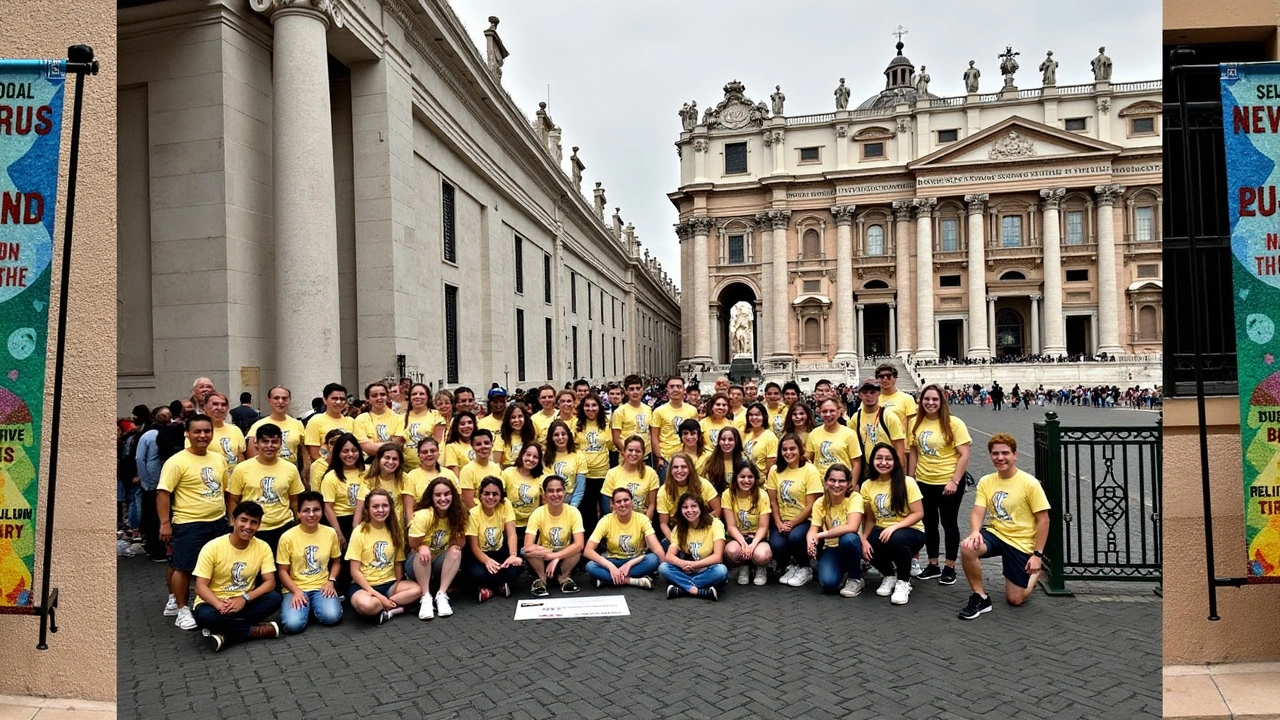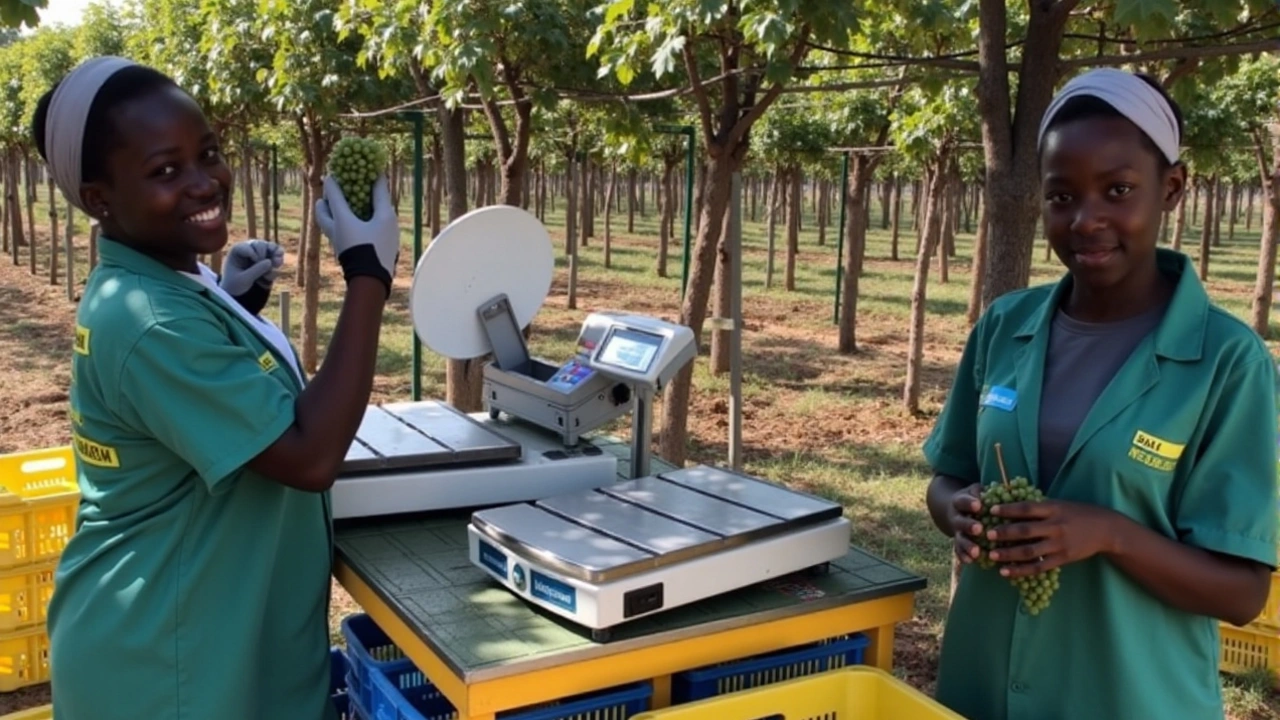
An Unforgettable Pilgrimage
The journey to Rome for over 120 theology and ministry students from 14 US Catholic universities was not just a travel excursion; it was an opportunity to explore the depth of synodality. This pilgrimage coincided with the significant Second Session of the Synod on Synodality and aimed at imparting a profound understanding of what synodality could mean for the future of the church. Synodality, a concept rooted in the Greek words for 'same road,' emphasizes the importance of walking together as a faith community, and it was this spirit that permeated the students' experience.
During their pilgrimage to the heart of Catholic tradition and culture, students were immersed in a series of eye-opening and soul-stirring encounters. Rome, with its centuries-old religious landmarks and vibrant spiritual history, provided an inspiring backdrop. The students engaged in profound reflections on the potential transformations synodality could bring to ecclesial life, recognizing its role in nurturing unity and collaboration.
Listening and Dialogue at the Heart of Synodality
The core principles of listening and dialogue stood out prominently throughout this experience. The students noted how these elements can serve as catalysts for a more inclusive and participatory church. They found that true dialogue requires not only speaking but also valuing silence, creating space for others to share their voices. In synodality, listening is intertwined with humility—a theme that echoed through their interactions, highlighting the need for open-hearted conversations.
Dialogue during the synodal journey underlined the church's need to adapt and embrace a wider range of perspectives. These students faced the challenge of critically engaging with different viewpoints, an exercise that broadened their understanding of the global church. They recognized that through listening, they could better appreciate the diverse cultural and contextual narratives that define the Catholic faith worldwide.
Transformative Encounters and Insights
The pilgrimage was more than a spiritual journey; it was an educational experience that brought students into contact with church leaders and influential figures within the Catholic community. These encounters offered a real-world insight into the operational dynamics of the church, elevating the theoretical discussions of synodality into practical applications. Through these interactions, students were inspired to see how leadership within the church can evolve to become more synodal.
Moreover, the pilgrimage involved visits to significant religious sites, each location steeped in historical and spiritual resonance. Such visits were not mere sightseeing trips; they were moments of deep reflection and connection to the sacred traditions that inform Catholic theology and ministry. The students walked the same paths as countless saints and theologians before them, providing a tangible connection to their studies and faith.
Cultivating Inclusivity and Diversity
One of the profound realizations for the students during the pilgrimage was the power of diversity within the Catholic Church. Across different cultures and contexts, the breadth of Catholic expression underscored the beauty of inclusivity in ecclesial life. The students recognized that nurturing a church where all voices are heard requires a commitment to inclusivity at all levels.
The exchanges with individuals from varied backgrounds during their pilgrimage enriched the students' theological perspective, opening their eyes to the richness of a truly global church. It was an affirmation that diversity, far from being a challenge, is a vibrant asset that can enliven the church's mission and message in today's world.
A Renewed Commitment to the Synodal Vision
This pilgrimage was not the culmination of their synodal journey; it was a stepping stone that fueled a renewed commitment to synodality. Inspired by their experiences in Rome, the students returned with a fervent dedication to applying the principles of synodality in their future ministry and studies. They understood that the synodal process is an ongoing journey, not a finite destination.
Students expressed excitement over the potential for synodality to revitalize the church, bringing with it an era of collaboration and inclusivity. They envision a church community that actively engages in collective discernment where every member plays a role in shaping the church's mission. This shared vision, cultivated through their unique experience, holds the promise of a more dynamic and responsive ecclesial culture.

The Legacy of the Pilgrimage
As the students returned to their respective universities, the impact of their pilgrimage to Rome continues to resonate. The lessons in synodality have already begun to permeate their academic environments and personal growth. These students are now advocates for a synodal approach, carrying with them a deeper understanding of how to engage with the complexities of modern church life.
The pilgrimage to Rome was not just an educational exercise but a powerful reminder of the church's potential to adapt and grow through synodality. As more members of the church embrace this vision of walking together, the potential for transformation and unity within the global Catholic community is immense.





